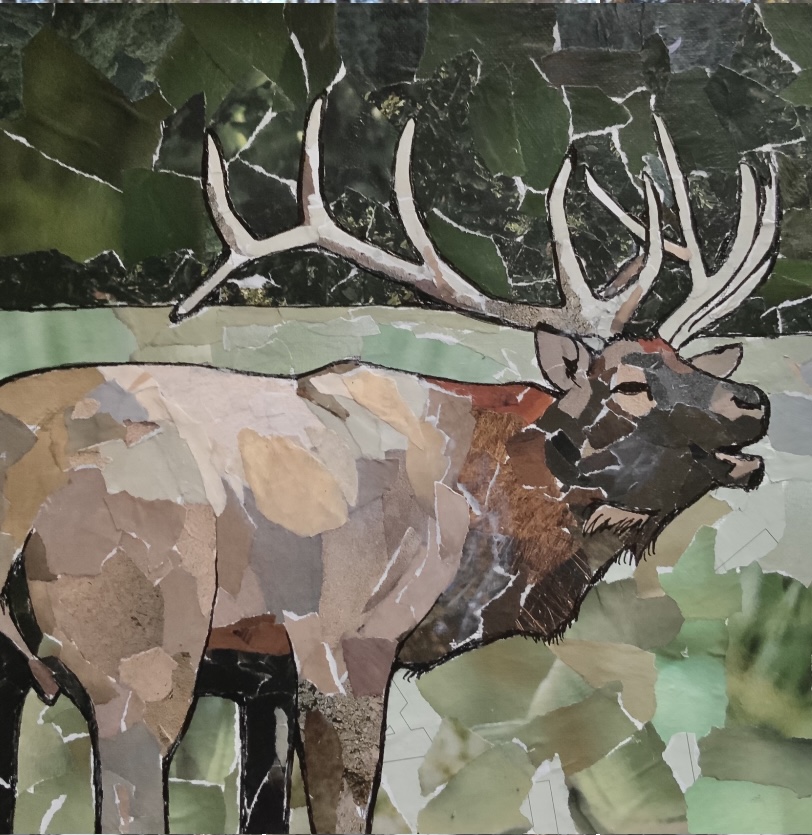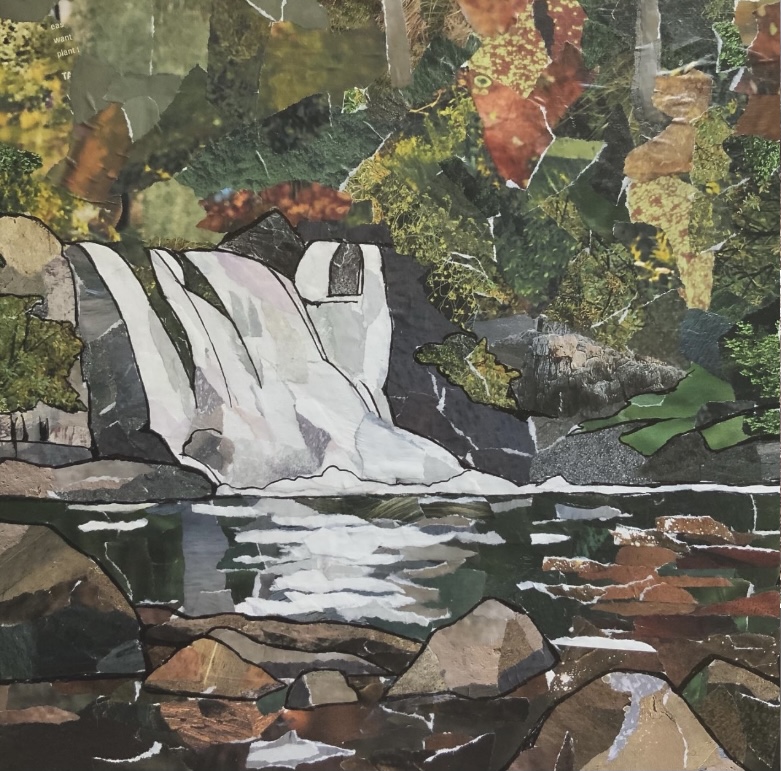



Using an eye for detail, Constance Sartor, a University of Guam Master of Science in Biology and a research assistant with the university’s Guam NSF EPSCoR program, is encouraging others to appreciate the world around them through art inspired by the environment.
In November 2021, Sartor participated in one of the U.S. National Parks System’s Artist-in-Residence programs.
The National Park System holds more than 50 residency programs across the nation and encourages visual, musical, and literary artists to create pieces in varied natural and cultural settings.
Sartor participated in a similar program in June 2021 onboard the Schmidt Ocean Institute’s research vessel as part of the organization’s Artist-at-Sea program.
During the artist-in-residence program, Sartor spent a month in a cabin acquainting herself with the mountains and forests of the Great Smoky National Park in Tennessee. There, she saw the turkeys, black bears, and salamanders that called the park their home. Using an assortment of magazines, she created upcycled collages of animals and important sites found at the park.
“I made four different collages – one was a rare morph of a wild turkey that I saw in the park. Another was an elk, which they had re-introduced into the park as a part of a rehabilitation project,” Sartor said. “I also did a historic cabin and also a waterfall that was really important to the park.”
During her time in the program, she also held workshops at the park’s visitor’s center and taught visitors how to make different collages of the animals they saw.
Sartor said that creating art encourages her to feel more connected to the organisms she encounters.
“I definitely do feel more of a connection to my subjects when I make a piece because I have to think about the organism a little more than I would,” Sartor said. “I see little details in the animals or plants I wouldn’t have noticed. I also try to learn more about them and how they play a role in the environment and everything, so it’s a good way to research different aspects of the environment.”
She said she enjoyed her time at the Great Smoky Mountains National Park and found it interesting to work with the park’s staff to learn more about its environment. “I really enjoyed the experience because I’m kind of torn between art and science and figuring out a way to blend the two,” Sartor said. “I feel like I’m learning that art is a really good way to communicate science and to get people really interested in science. That’s definitely something I learned through this and something I will continue to pursue in the future.”
Sartor has been accepted to another National Parks System Artist-in-Residence program and will attend it this summer.

